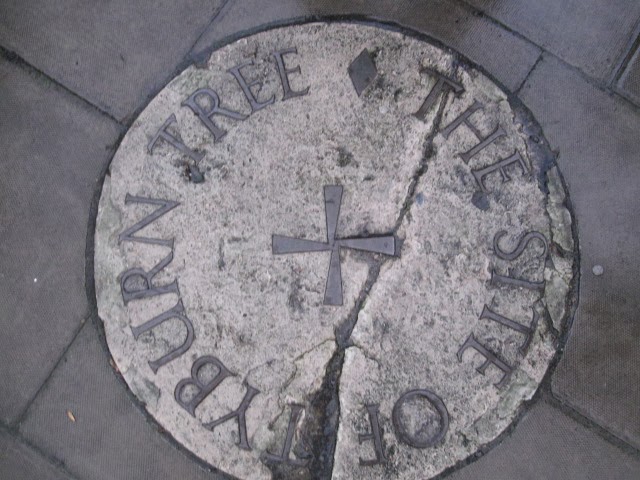We then went to Westminster Abbey, one of the iconic places of England. This is where the kings and queens are crowned, and where William and Kate got married a couple of years ago. Many kings and queens are entombed here, including St. Edward (I don't know much about him--sorry!).
 |
| We strolled past Big Ben, just in time for tea! |
Westminster Abbey, like Canterbury Cathedral, used to be a Catholic Church until the English Reformation led by Henry VIII and later Queen Elizabeth I and others. So, what is the English Reformation? King Henry VIII had a series of wives as he was trying to produce a male heir. When the Pope finally told him he could not divorce his current wife, he declared himself the supreme head of the Church in England so that he himself could grant the divorce. Most of the Catholic bishops signed off on this decision, except for St. John Fisher, who was martyred. The second most important man in England, Sir Thomas More, also refused to go along with the King, and he was martyred.
Apparently Henry VIII considered himself a Catholic to his dying day, and under his reign I don't think the theology of the Church in England changed much. So he may be considered more of a schismatic (trying to start his own church). Queen Elizabeth, however, solidified the Church of England as an officially Protestant religion.
Since the Church of England is the official religion of the country, it is tied to many civic events, most notably the crowning of monarchs. St. Paul's Cathedral and Westminster Abbey are very 'national' in their feel, with monuments and tombs everywhere commemorating military leaders, politicians, monarchs, and artists of the kingdom.
The Catholic Church in England has been in a state of recovery ever since Henry VIII in the 1500s. The country slowly relaxed its initial persecution and ban of all things Roman Catholic, and now the Catholics are a small but notable presence in the country. Catholic schools are some of the most sought-after schools because of their great moral education of children. There are parishes in England like St. Patrick's in Soho where we went for the vigil Mass that Saturday evening. St. Patrick's is a visible presence of beautiful liturgy and ministry to the poor in a neighborhood that is known to be very 'bohemian.' It is a lovely church that is like a hole in the wall, but it is an oasis in a very worldly neighborhood. And the Mass was that oasis in our long, exciting but exhausting day.
































